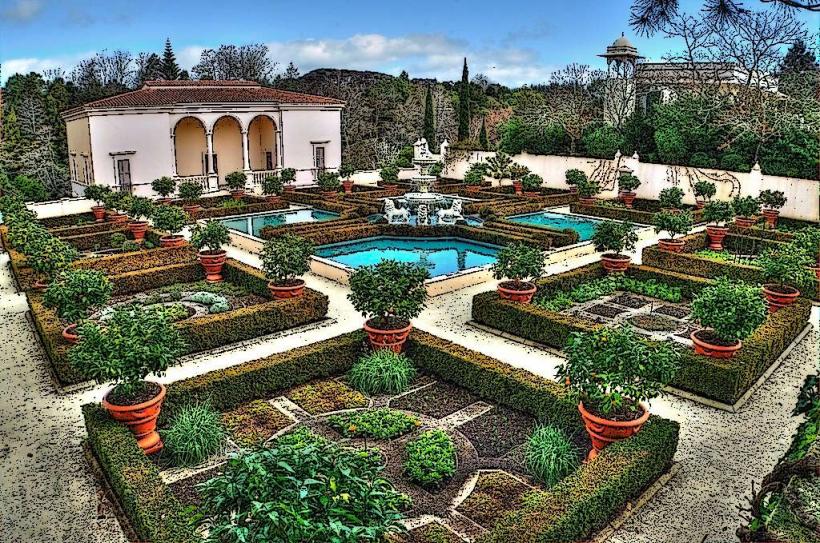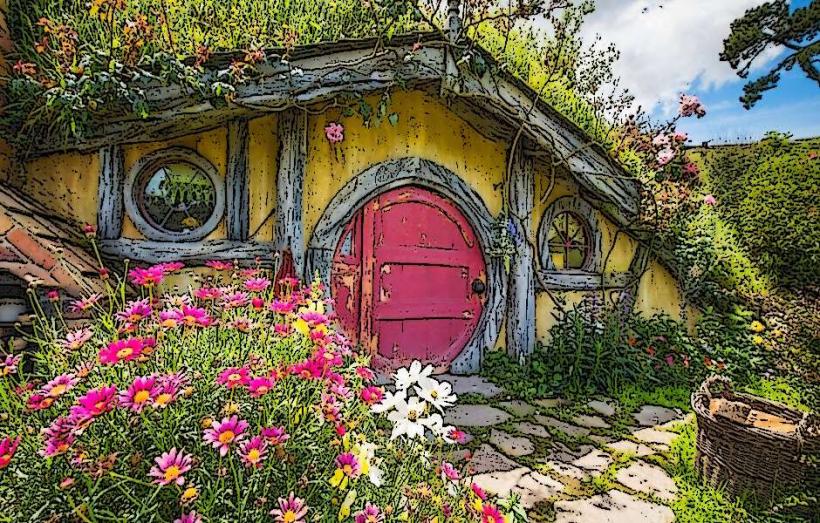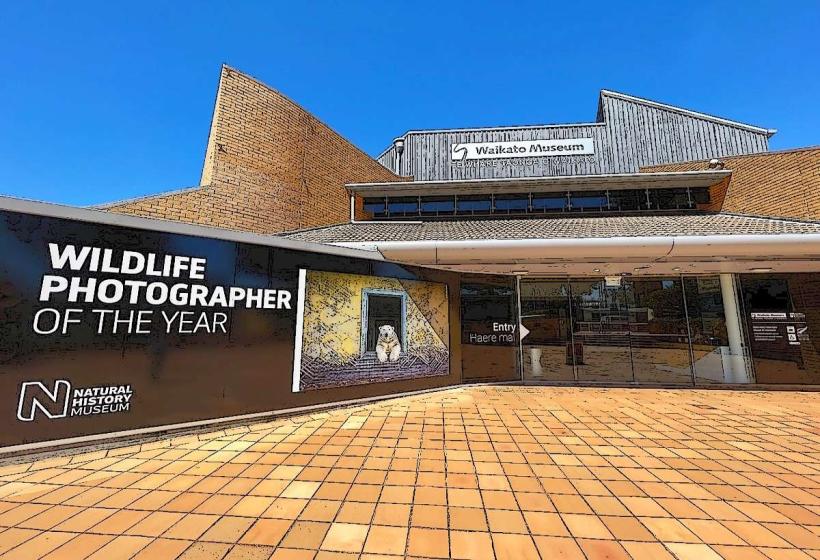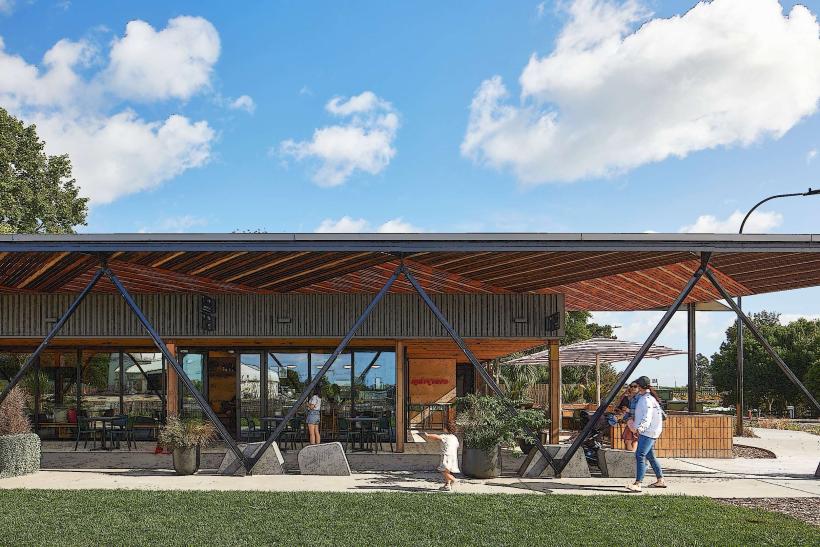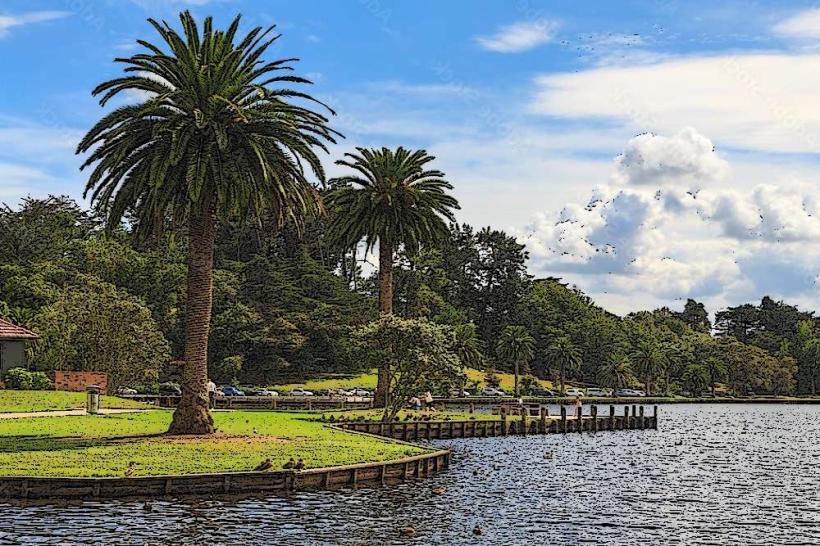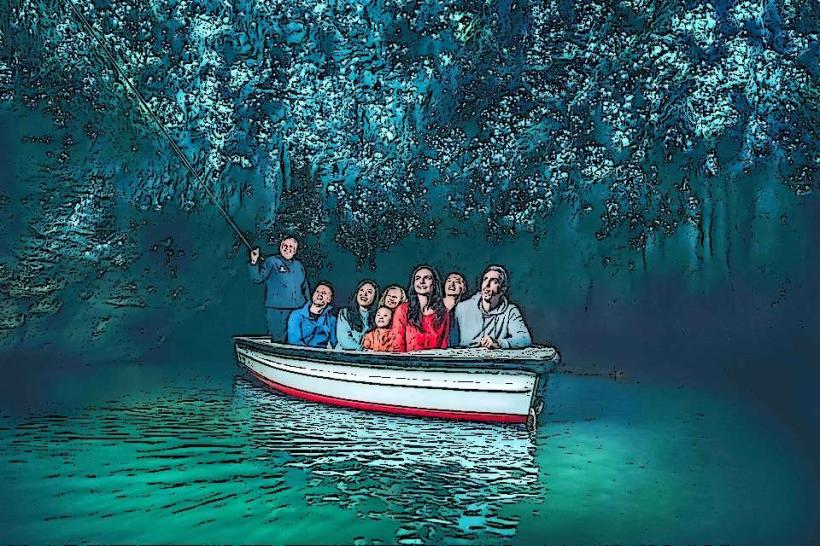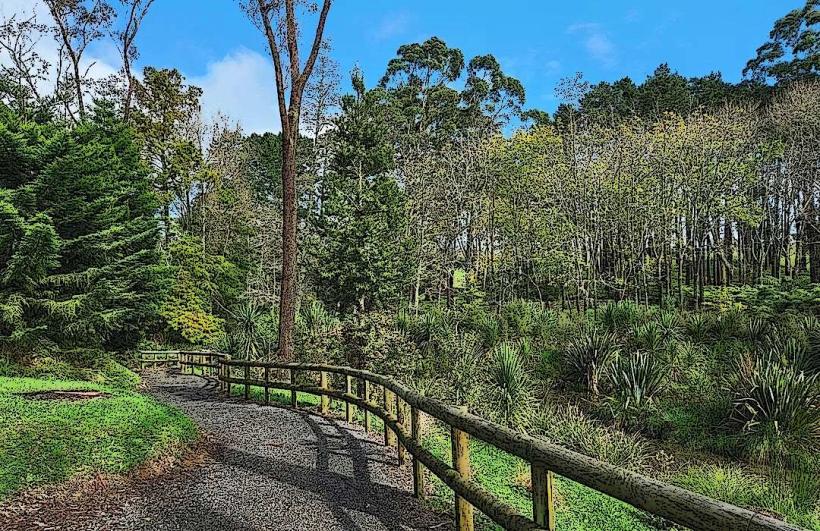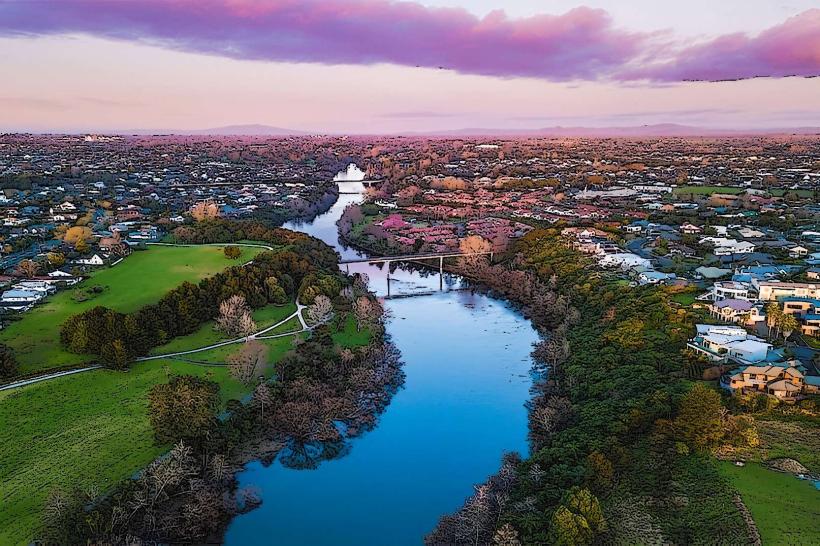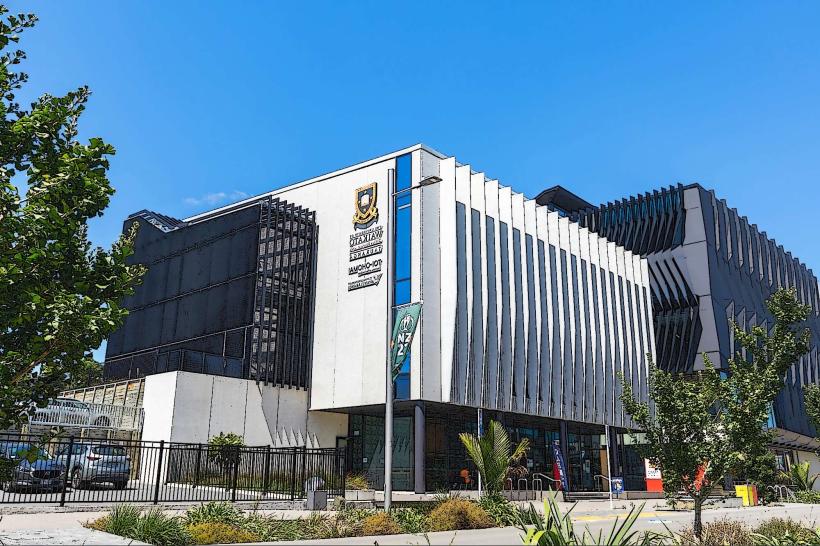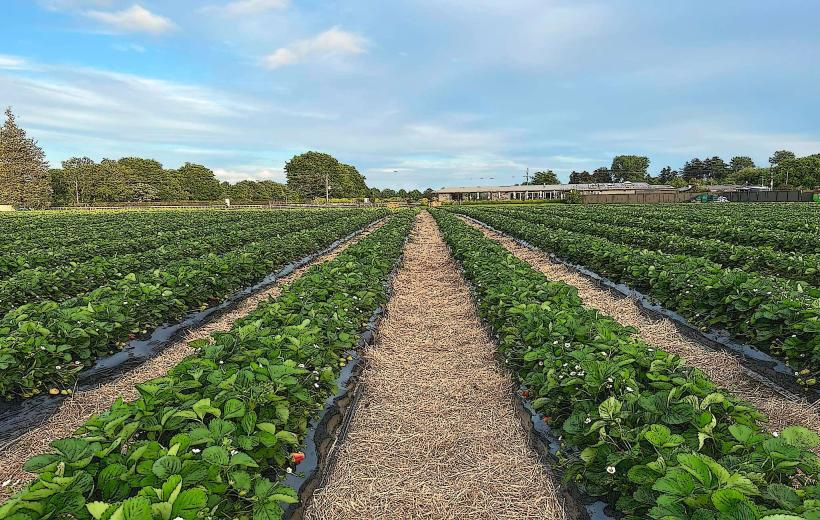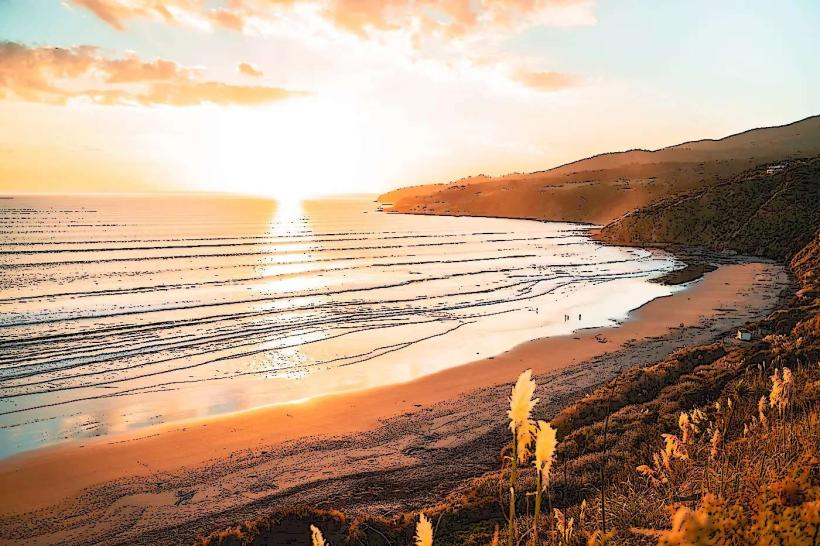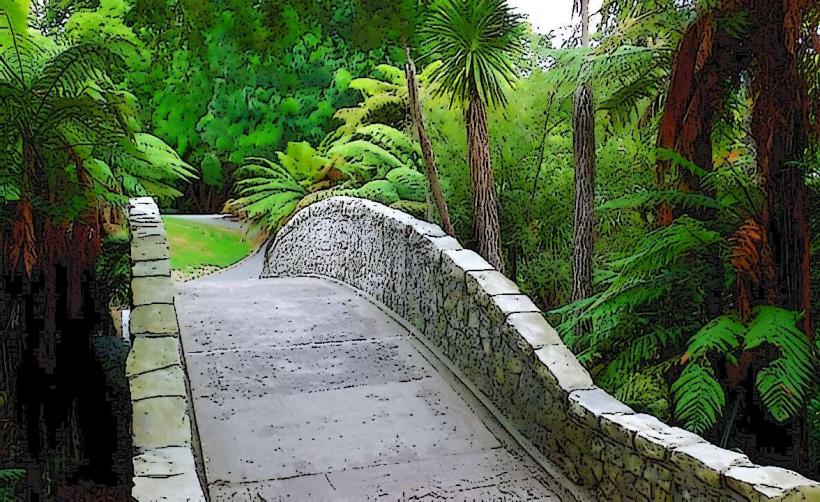Information
Landmark: Waikato RiverCity: Hamilton
Country: New Zealand
Continent: Australia
The Waikato River is New Zealand's longest river, stretching for about 425 kilometers (264 miles) from the central North Island to the Tasman Sea. The river flows through the Waikato region, passing through Hamilton, and holds both cultural and geographical significance for the country, particularly for the Māori people. The Waikato River is a central feature of the region, influencing the landscape, settlements, and industries along its course.
1. Geographic Features and Course
The Waikato River begins at Lake Taupō, New Zealand's largest freshwater lake, and flows northward to the Tasman Sea near Port Waikato. Along its journey, the river passes through several towns and cities, including Taupō, Hamilton, and Ngaruawahia.
Key Geographic Features:
- Lake Taupō – The river begins at the southern end of the lake, and from there, it flows northwards through the central North Island.
- Waikato Gorge – A scenic area with steep cliffs and rocky outcrops, providing dramatic views of the river and its surroundings.
- Huntly – The river flows through Huntly, an important town historically known for its coal mining and power generation.
- Mighty River – As the river flows through the region, it is referred to as the "Mighty Waikato", especially as it narrows and quickens in certain sections.
2. Cultural Significance
The Waikato River holds immense cultural and spiritual importance for the Māori people, particularly for the Waikato iwi (tribe), who have a deep connection with the river as it is considered tapu (sacred). The river is also central to the Māori mythologies and traditions that connect the people to the land and waters.
- The Waikato River and the Māori – The river is often referred to as a "whakapapa" (genealogy), and many Māori iwi along the river have specific ancestral connections to it.
- Treaty of Waitangi Settlements – The river has been central to the discussions of Māori land rights and water claims, leading to the signing of the Waikato River Settlement (2010), which aimed to recognize the iwi's rights over the river and its tributaries.
3. Ecological and Environmental Importance
The Waikato River supports a wide range of ecosystems and wildlife, with significant biodiversity found along its banks and in the waters.
Flora and Fauna:
- Aquatic Species – The river is home to fish species such as whitebait, eels, and trout, which are culturally significant for Māori and are also important for the local fishing industries.
- Birdlife – Many bird species, including kingfishers, swans, and herons, can be seen along the riverbanks.
- Vegetation – Riparian forests, wetlands, and native plant species line the river’s course, providing important habitats for local wildlife.
Efforts have been made to protect and restore the health of the river and its ecosystem, including programs to reduce pollution and enhance fish populations.
4. Recreation and Activities
The Waikato River is a popular destination for outdoor recreation and activities, particularly around Hamilton and Taupō.
Water Sports and Activities:
- Kayaking and Canoeing – The river’s calm sections make it ideal for kayaking, offering a peaceful and scenic experience.
- Jet Boating – In some sections of the river, jet boating is a popular activity, particularly near Huntly and Taupō.
- Fishing – The river is a top location for both recreational fishing and professional fishing, with anglers seeking a variety of freshwater species.
- Swimming – There are several popular swimming spots along the river, especially around Hamilton’s riverside areas and Taupō.
Walking and Cycling:
- Waikato River Trails – This network of walking and cycling tracks runs along the river, offering stunning views and access to natural reserves. The trail stretches between Ngaruawahia and Lake Taupō, passing through picturesque countryside, parks, and forests.
5. Waikato River in Hamilton
The river is especially prominent in Hamilton, where it flows right through the heart of the city.
Hamilton's Riverwalk and Domain:
- The Waikato River Walk is a popular urban walk that runs along the river, providing easy access to various parks, cafes, and attractions.
- Hamilton Gardens is located near the river’s edge, offering scenic views and a variety of themed gardens that connect to the river through well-kept pathways.
Waikato River Bridges:
Several iconic bridges cross the river in Hamilton, including the Victoria Bridge, which connects the central city to Hamilton East. The bridges are key transport routes and also offer panoramic views of the river and the city.
6. Economic Significance
The Waikato River has been central to New Zealand’s agriculture, hydroelectric power generation, and industry.
- Hydroelectric Power – The river is home to several hydroelectric dams, including the Karapiro Dam, which generates power for the surrounding region.
- Agriculture and Irrigation – The river provides water for farming, particularly for dairy farming and horticulture in the Waikato region.
- Industry and Transport – The river has historically been used for transporting goods, particularly in earlier times when it was a main route for moving timber and other commodities.
7. Why Visit the Waikato River?
- Stunning natural beauty along its course, with plenty of scenic walks and cycling tracks.
- Rich cultural heritage, particularly for Māori communities, making it a place of historical and spiritual significance.
- Plenty of recreational activities, including kayaking, jet boating, fishing, and walking.
- Accessible from Hamilton and Taupō, making it an easy destination for day trips or a longer exploration of the region.
The Waikato River is not only New Zealand's longest river but also a central part of the region's identity, offering a unique blend of natural beauty, cultural depth, and recreational opportunities.

